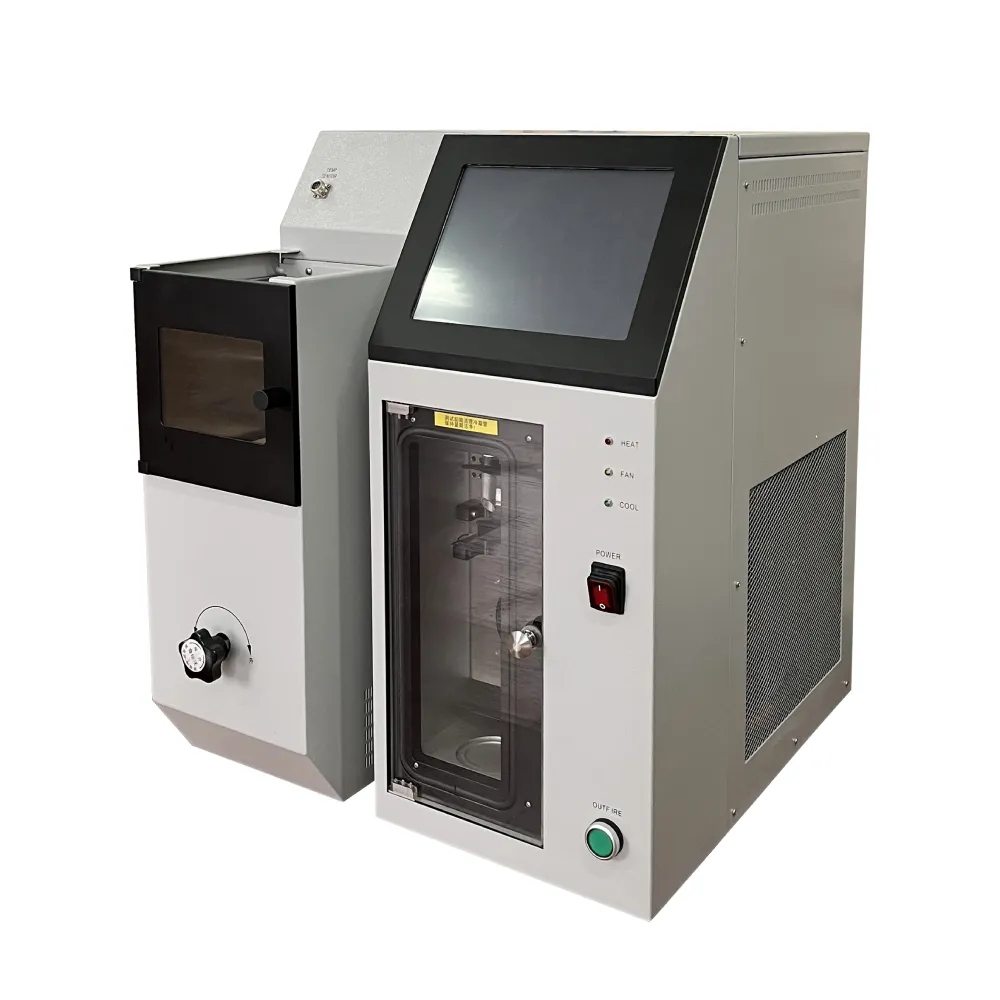 English
English


automated flash point tester
Automated Flash Point Tester Revolutionizing Safety in the Oil and Chemical Industries
The importance of accurately measuring the flash point of flammable liquids cannot be overstated, particularly in industries such as oil and petrochemical production, manufacturing, and transportation. The flash point is the lowest temperature at which vapors of a volatile material can ignite in air when exposed to a flame or spark. Misjudgments in flash point measurements can lead to catastrophic accidents, making the quest for reliable testing methods imperative. This is where automated flash point testers come into play, offering precision, efficiency, and enhanced safety.
Automated flash point testers are sophisticated devices designed to determine the flash point of liquids quickly and accurately, minimizing human error and enhancing laboratory productivity. Traditional methods of flash point determination, such as the Cleveland Open Cup or the Pensky-Martens Closed Cup tests, involve manual intervention, which can introduce variability in results. In contrast, automated testers utilize advanced technology to control the testing process, reduce user error, and provide consistent results.
The principle of operation for automated flash point testers typically involves heating a small sample of the liquid to a predetermined temperature while simultaneously introducing an ignition source. The system then monitors the temperature at which the liquid vapor ignites. Modern automated testers come equipped with features such as real-time data logging, temperature control, and user-friendly interfaces, enabling operators to monitor and analyze results effectively.
One of the significant advantages of using an automated flash point tester is the reduction in testing time. Traditional methods can take a considerable amount of time to reach the desired temperatures and perform measurements, thus slowing down the overall workflow in labs and production facilities. Automation streamlines this process, allowing for quicker turnaround on multiple samples and facilitating faster decision-making. In an industry where time is often equated with money, such efficiency gains can greatly enhance operational productivity.
automated flash point tester

Furthermore, automated flash point testers often include built-in safety features that provide an additional layer of protection for laboratory personnel. Many of these devices are designed with explosion-proof components and automatic shut-off systems, which prevent dangerous situations by immediately terminating tests in the event of abnormal readings or equipment malfunctions. This focus on safety is crucial, considering the flammable nature of the materials being tested.
In terms of applications, automated flash point testers are essential in various sectors. In the petrochemical industry, they play a vital role in quality control processes, ensuring that products meet regulatory standards and are safe for transportation. In the manufacturing sector, these testers help to guarantee that raw materials used in production comply with safety protocols, protecting both workers and consumers. Additionally, they are used in environmental monitoring to assess the flammability of waste products, thereby supporting compliance with environmental regulations.
Moreover, advancements in technology are continuously enhancing the capabilities of automated flash point testers. Integrating artificial intelligence and machine learning into these devices can further improve their accuracy and operational reliability. Future models may offer predictive analytics that not only report current flash points but also forecast potential safety risks based on historical data trends.
In summary, automated flash point testers are indispensable tools in ensuring safety and compliance in environments dealing with flammable liquids. Their ability to deliver accurate, consistent, and rapid results while enhancing worker safety positions them as a cornerstone of modern laboratory practices. As industries continue to evolve, the role of automated flash point testers will only become more critical, underscoring the importance of continuous investment in safety and technological innovation. The quest for safer operational practices in hazardous industries is ongoing, and automated flash point testers are at the forefront of this vital mission.
-
Differences between open cup flash point tester and closed cup flash point testerNewsOct.31,2024
-
The Reliable Load Tap ChangerNewsOct.23,2024
-
The Essential Guide to Hipot TestersNewsOct.23,2024
-
The Digital Insulation TesterNewsOct.23,2024
-
The Best Earth Loop Impedance Tester for SaleNewsOct.23,2024
-
Tan Delta Tester--The Essential Tool for Electrical Insulation TestingNewsOct.23,2024





